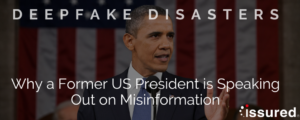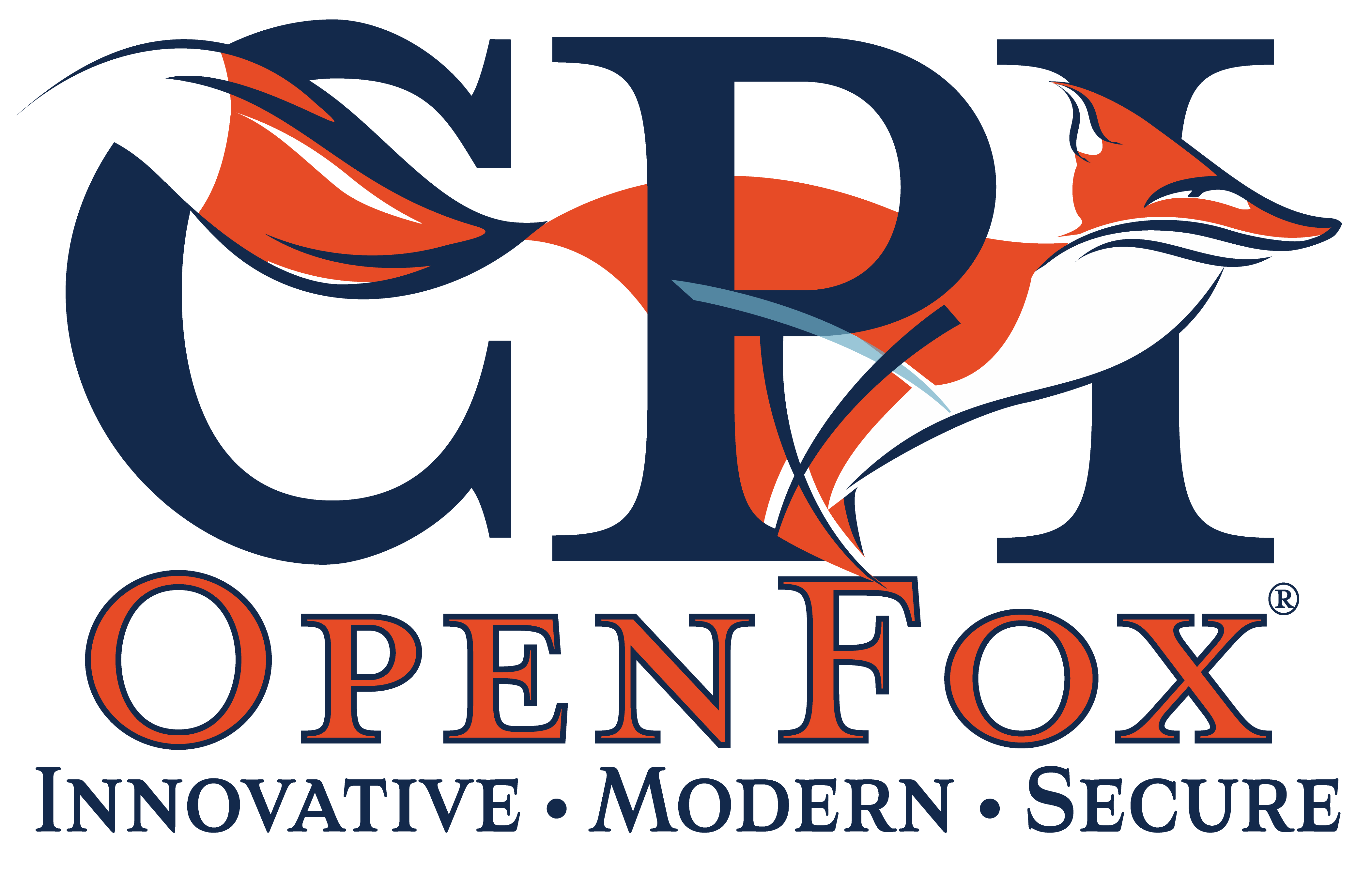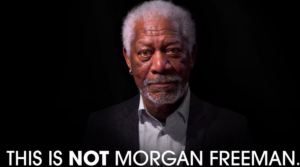Barack Obama is one of the most photographed humans alive on Earth. Although this level of publicity is expected when governing the United States, this has made Obama an easy target for deepfake attacks due to the sheer amount of visual and audio data in the public domain. Starting his two-term presidency in 2008, Obama secured the White House during the meteoric rise of the Internet, but perhaps more importantly, mobile phones. Along with his many TV appearances and speeches from the State of the Union to Inauguration, Obama has been a central figure in the public eye for most of the 21st Century.

To provide some context, deepfakes are digitally manipulated media that take a person’s likeness and mimic that person to create fake media. These deepfakes can be photos, audio recordings, or videos, taking pre-existing data of that person, and the more data there is, the more accurate the deepfakes will be. Deepfakes have gradually become a talking point; as deepfake software becomes more sophisticated, identifying a real or fake video becomes increasingly challenging.
This has led to hours of genuine footage being manipulated to create fake videos and audio recordings of Obama. Five years ago, the
Using free photo editing software, a person could (in a matter of minutes) create a deepfake showing Obama somewhere he hasn’t been or talking to someone he’s never spoken to. Creating deepfake videos takes more prowess, but programs are available to the public to generate deepfake content.
In a recent interview with his former senior White House adviser, David Axelrod, Barack Obama discusses deepfakes and the easy target he has become due to the vast quantity of material publicly available to manipulate.
In this article, we will discuss the points made by Obama in the interview with Axelrod, what we can do to prevent the spread of misinformation in a digital world, and a solution to ensure video interviews remain tamper evident.
Barack Obama on Digital Misinformation
The former US president had much to say about deepfakes and the threats they pose to spreading misinformation to the public. He said that the technology to create these imitations is here now and will be a major problem in the next election cycle in 2024. Although the US election cycle is a major event, this is becoming a general threat across society, targeting members of the public with personal data online. Information can be obtained from social media, as these websites host significant content that can be digitally manipulated. Deepfakes can then be used to threaten or coerce, which has become a serious threat for law enforcement to manage. These deepfakes can be presented in the form of misinformation, by manipulating voters into believing the system is corrupt or rigged, or via fake videos/recordings of politicians.
He spoke on the misinformation spread during the COVID pandemic but said that most people nowadays know that not everything that they receive on mobile phones is truthful. It’s important to use multiple sources for the truth.
Deepfake Prevention Strategy
In the same interview with Axelrod, Obama pointed out that there’s much the general public needs to do to prepare for identifying deepfake media, especially harmful deepfakes.
Obama suggested developing ‘digital fingerprints’ to create a watermark over anything that is posted online so that real media can be detectable.
They also made note of the public’s tendency only to watch news outlets they share views with, fostering a reliance on only one news source. To prevent this, it’s vital to use multiple sources of information, ideally with verification from experts or the source on media legitimacy.
Check out this example using actor Morgan Freeman: https://www.youtube.com/watch?v=oxXpB9pSETo
Deepfake Prevention with Mea: Connexus
Although a program that can quickly and accurately identify deepfakes has yet to be created, a solution using Blockchain technology enables the content to remain immutable. Mea: Connexus is a tamper-evident, secure (to government standards) remote interview tool that provides methods to prove the authenticity of the digital interview content to any party. This makes Mea: Connexus an ideal platform where the content of the interview could be challenged as being false or fake later, for instance, in law enforcement, investigative, employment interviews, tribunals, and justice use cases.
Using a patented application of cryptography and Blockchain technology, Mea: Connexus ensures that:
- If the content of the interview is challenged as being fake or edited, it is easy to prove that the content has not been tampered with in any way. A video interview file being shared outside of your organization is an accurate and unedited version of the original interview.
- There is confidence in the file’s integrity before being used within your organization’s other systems.
If you want to discover more about Mea: Connexus’s features, check out one of our latest articles, which dives into fourteen of the many Mea: Connexus features.


